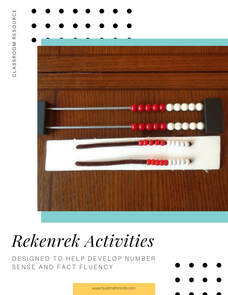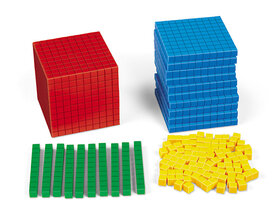|
This page is dedicated to resources and information to help with math and/or dyscalculia (dys + calcule/ + ia --> dyscalculia).
This word comes from Greek <dys> "difficulty" and Greek <calculus> "reckoning, account" (originally "pebble used as reckoning counter"--see the history of this word on: etymonline.com). Below are some of the resources/manipulatives we use when teaching & learning math concepts. Math is best hands-on, feel free to find items within your own home as well. Suggestions: beads on a string or on a pipe cleaner; buttons, paper clips; food items; etc. Below that are some really good websites to learn more about math, watch video tutorials, receive training, etc. |
Resources/websites/training sites
Marilyn's Multisensory Math: Excellent Training offered for making math multi sensory. http://asdec.org/
|
|
|
|
|
Making Math Real -- exceptional training but few tutors or teachers have it as it is expensive and only offered as in-person training (& multiple levels) -- increasing the cost of adding travel & accommodations --BUT -- it truly is the best of the best (so I am told by every well-respected tutor and teacher I know that have been to this and other trainings). GREAT NEWS -- this summer, MMR will be offering limited editions of online training!! I'll be signing up as soon as registration is open!
|
Woodin Math : I spent some time learning his (Woodin's) numeracy concepts a couple of years ago and began incorporating them into my classroom work with very good success.
|
|
Khan Academy offers video tutorials in every math area from K through adult. It is a FREE service via a non-profit organization. If possible, please consider a donation to their organization to help this continue to grow.
|
Math for Middles: Multisensory math solutions. Excellent math tutor, Kara Scanlon works with this company.
|
|
|
|
|
Craft SticksUsing plain or colored wooden popsicle sticks (1,210 sticks needed for this project):
Make a bundle of a thousand (1,000 sticks needed)
Make 1 additional set of hundreds (100 sticks needed)
Make 10 sets of tens (100 sticks needed)
You'll need a some type of basic rubber band or hair tie (130 needed) that you can use to bundle tens and hundreds (approx width of a hundred is 3-4").
Colored rubber bands are fun but also expensive, here are 2 options, the basic bands come in assorted sizes of 400 bands; the colored bands are size 33 with 100 bands. I use left over hair ties from my kids or basic rubber bands.
I have not used these yet, but they seem large enough to band the set of 1,000 or use the sewing elastic, just tie a knot, pin it together, use glue or velcro or use needle and thread.
Better yet -- just use string to bind the bundle together. |
Rekenrek (beads)Rekenrek's are simple, 10 beads per line, 5 of two different colors. We use these to build numeracy skills of subitizing.
|
Base 10 BlocksThere are a variety of Base-10 blocks on the market. Most have:
|
|
This website uses marketing and tracking technologies. Opting out of this will opt you out of all cookies, except for those needed to run the website. Note that some products may not work as well without tracking cookies. Opt Out of Cookies |
|



